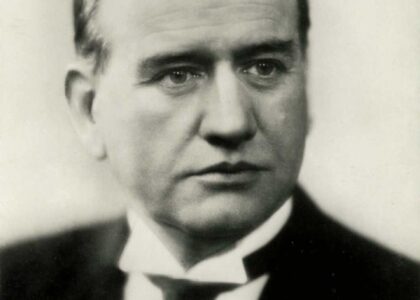Welcome to Kihei, a sun-drenched locality on the island of Maui, Hawaii, with a rich and intriguing history. Kihei, meaning ‘cape’ in Hawaiian, has long been a hub of activity, from its early days as a fishing village to its current status as a beloved destination for travelers seeking the perfect beach day. Let’s journey through the past and uncover the stories that have shaped Kihei.
Kihei’s roots can be traced back to the time of ancient Hawaiians, who utilized the fertile lands and abundant fishponds in the area. These fishponds were ingeniously designed to trap fish, a testament to the resourcefulness of early settlers. The Ko’ie’ie Fishpond, located at Kalepolepo Beach Park, remains a significant cultural site, offering a glimpse into the community’s early reliance on the ocean.
In 1790, Kihei found itself at the center of a pivotal moment in Hawaiian history. King Kamehameha I landed on its shores during his campaign to unite the Hawaiian Islands. This landing led to the Battle of Kepaniwai in the nearby Iao Valley, a conflict that ultimately paved the way for the unification of the islands under Kamehameha’s rule.
For much of the 19th and early 20th centuries, Kihei was characterized by its small population of fishermen and kiawe harvesters. The area remained relatively undeveloped until the 1950s, when the Hawaiian government began selling beach lots to encourage growth. This initiative was slow to start, with only six of the eleven lots sold initially, but it marked the beginning of Kihei’s transformation.
As tourism to Maui increased, Kihei evolved into a popular vacation spot. Its pristine beaches, warm climate, and relaxed atmosphere attracted visitors from around the world. The 1970s and 1980s saw significant development, with the construction of condos, hotels, and local businesses catering to the growing number of tourists.
Today, Kihei is celebrated for its stunning beaches, where activities like snorkeling, surfing, and swimming abound. It remains a vibrant community deeply connected to its cultural roots and natural surroundings. Visitors can explore the Hawaiian Islands Humpback Whale Sanctuary Visitor Center or enjoy the quiet beauty of Kealia Pond National Wildlife Refuge.
In a broader historical context, Kihei’s journey from a small fishing village to a bustling tourist destination reflects the broader changes across Hawaii, as the state transitioned into a popular tourist haven while striving to preserve its unique cultural heritage. Whether you’re enjoying a sunset on Sugar Beach or learning about the area’s history, Kihei offers a tapestry of stories waiting to be discovered.




